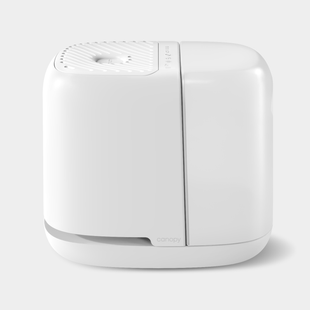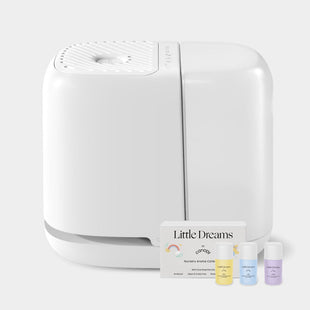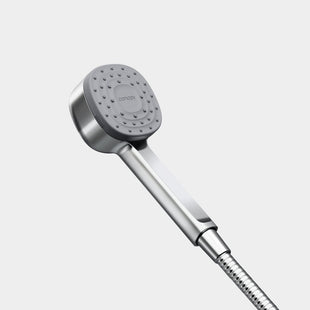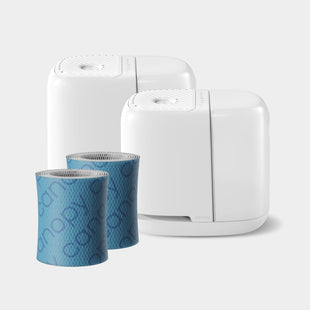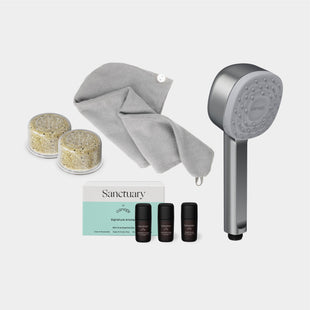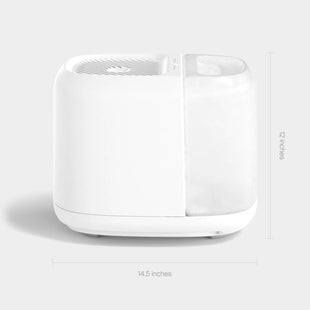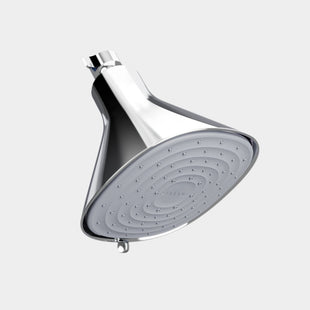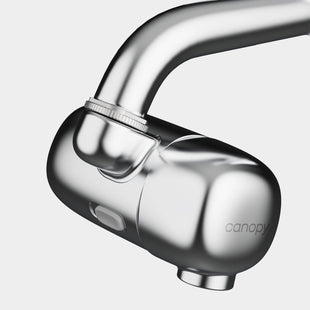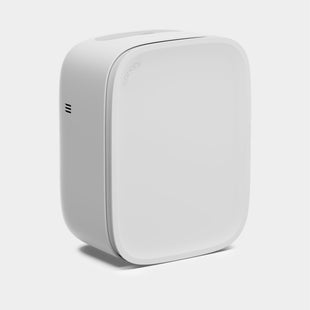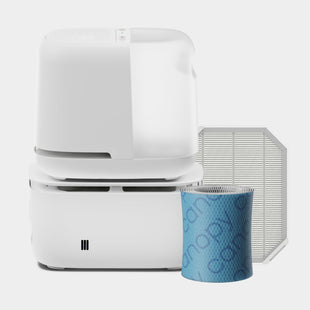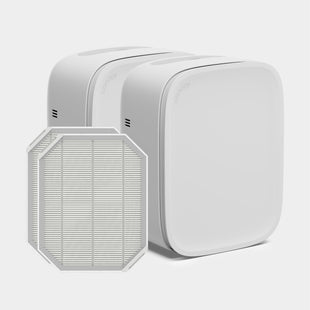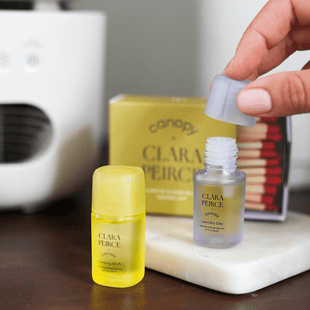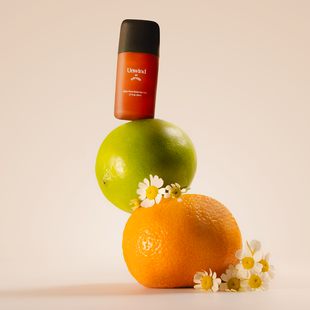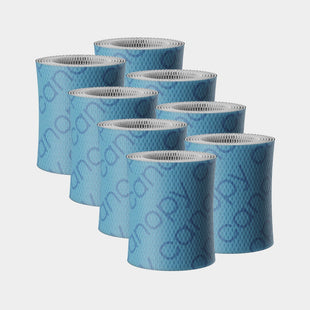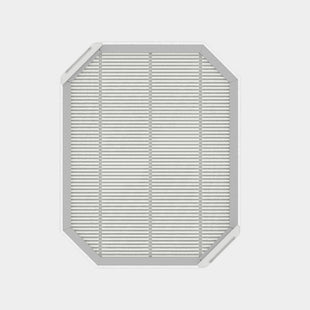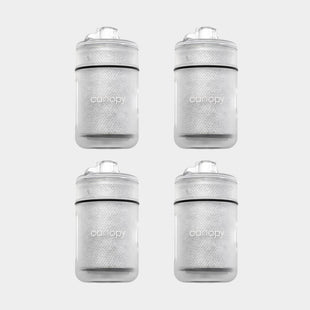Hosting barbecues by the pool, picnics at the park, and reading a thriller in a comfortable beach chair while watching the waves crash against the shore are a few of the activities that make summer a wonderful, relaxing season.
As we all know very well, summer is not just sunshine and grilled kabobs… There are sunburns, dehydration, mosquitoes, and ants to name a few of the more unfortunate summer frustrations. Not just humans suffer from the excessive heat and dry, recycled air from your AC unit, your furry friends and your green children can suffer, too.
What is the most effective method for watering plants in extreme heat? How are summer plants affected by excruciating temperatures? Do you fertilize or repot your plants in the summer months? We answer these questions and more in our helpful guide for maintaining healthy plants all summer long.
How Summer Affects Your Plants
Take a minute to think about how the changing of the seasons affects your daily life… Outdoor temperatures, the amount of daylight, the rain or lack of rain, and many other seasonal factors impact your behavior, whether consciously or unconsciously.
Seasons also affect plants in a similar fashion. When daylight weans and our days become seemingly shorter, plants sense this seasonal change and start to shed their leaves in preparation for winter. When temperatures start to increase and plants sense the longer days of summer rapidly approaching, they make preparations to more effectively convert light into energy in the miraculous process we know as photosynthesis.
Most plants need ample sunlight in order to survive and thrive, which makes the spring and summer months a well-deserved break from the cold, dark winter months. If plants are well cared for during the summer months, they can exhibit serious growth in the summer when sunlight is well supplied. But, summer sunlight is intense and can cause plants to burn, become dehydrated, and experience unnecessary stress if not provided with sufficient water to brave the heat.
Identifying Plant Stress

We can all easily understand the powerful influence of stress on the body.
As human beings, we wear stress on our sleeve; we overeat, undereat, gain weight, lose weight, misuse alcohol, lash out in anger, or withdraw socially. Plants also exemplify signs of stress from radical environmental changes, though their symptoms differ vastly from ours.
The most common signs of plant stress are as follows:
- Sunburn, which appears as a rough brown or yellow patch on the leaves
- Wilted leaves, especially on tropical plants
- Pale coloring on leaves and stems
- Dead flowers or leaves dropping off the plant
Identifying the symptoms of plant stress early on in the season is the key to maintaining healthy plants all summer long. Of course, the goal is to simply avoid plant stress through proper maintenance and care, which is possible with a few small tweaks to your regular maintenance routine.
4 Tips to Keep Plants Healthy During the Summer Months
Despite high temperatures and scalding rays of sunshine, your plants can thrive during the summer months. Just as you alter your activities to suit the season at hand, you must also alter your plant care to align with seasonal needs.
You can keep plant stress at bay and help your indoor and outdoor plants to thrive despite rising temperatures by following the following 4 plant care tips.
Tip #1: Make Use of Shade

What is one thing summer house plants and outdoor greenery need that winter plants do not? Shade! Shade is your plant care friend during the summer months, and may be the difference between thriving or crippled plants come fall.
UVA and UVB rays can wreak havoc on your skin and the leaves of your indoor and outdoor plants. Sunburns are a very common occurrence on plant leaves, and as we mentioned in the previous section, appear as brown or yellow patches. Since scientists have yet to develop a sunscreen specifically for plants, we have to make use of shade where we can.
If your summer house plants sit directly in front of a window with ample sunlight, it might be best to move those beloved plants to a shadier spot with less direct sunlight until the cooler fall months.
We understand that your outdoor greenery, fruit and vegetable gardens, or herb patches cannot necessarily be moved to a shadier spot during the summer months, especially if you have planted directly into the ground. You can purchase garden covers on Amazon to shield your garden from the blazing sun or reposition your patio umbrellas or portable awnings to provide necessary shade for your green children. If you prefer to DIY, you can use a tarp, a shower curtain, or any other fabric to create a temporary garden cover that will last you through the season.
Tip #2: Water Plants More Often
So, how exactly do you go about watering plants in extreme heat?
You may have heard from friends, family, employees at your local nursery, or Home Depot staff tell you that the easiest way to kill your plants is to smother them with excess water. Fortunately, the scorching heat of the summer prevents overwatering. High temperatures and a particularly aggressive sun cause water to evaporate from the soil at much higher rates during the summer months.
While every plant requires a different amount of moisture to thrive, you should ensure that your plants receive a sufficient amount of water during your watering sessions. A common mishap during the watering process is watering too quickly, which will only effectively hydrate the top layer of soil. When watering your plants, water them slowly, allowing the water to soak deep into the soil. If your pot has an attached tray, allow water to fill the tray and let your precious plant soak up that water for 10-20 minutes, then discard the excess water.
A good rule of thumb when determining how often you should water your indoor and outdoor plants is to do the “finger test,” which requires sticking your finger 2” into the soil. If the soil is dry 2” into the pot, your plants could use some water.
If you are worried about under-watering your outdoor garden, you can add a layer of mulch to the top of your soil to help preserve moisture and prevent rapid evaporation.
Tip #3: Regulate Indoor Humidity Levels

When caring for summer house plants, you need to monitor indoor humidity levels. We know that houseplants love humidity, particularly house plants of tropical origins, but we rarely place focus on indoor humidity levels during the summer months leaving our humidity loving friends high and dry (pun intended).
Monitoring indoor humidity levels during the summer months is beneficial for your own health and for the health of your plants, especially when your AC unit is blasting to keep living conditions comfortable. The dry air recycled through your AC unit can destroy your indoor plants, dry your skin, and cause dry cough and congestion.
Optimal humidity levels range between 40% and 60%, which is easily achieved by regularly using a humidifier. Canopy Humidifier uses innovative, mistless technology that releases pure, hydrated air into your room without the mess of traditional misty humidifiers. No need to worry about mold and root rot from excess moisture on your plant’s leaves and stems, with Canopy Humidifier you can breathe easy knowing your plants are in good hands.
Tip #4: Avoid fertilizing, repotting, and pruning during heat waves.
Fertilizing, repotting, and pruning your plants are great plant care habits that will add life to your plants, help to maintain shape, and keep them disease free. While we certainly recommend regular fertilizing, repotting when necessary, and pruning decaying leaves on your indoor and outdoor plants, we recommend avoiding these practices during a heat wave to avoid adding stress to your plants.
As we mentioned earlier, you want to avoid plant stress to keep your plants healthy, fresh and lively. Fertilizing a stressed plant, especially a plant that has endured days or weeks of excessive heat, can exacerbate stress and cause your plant to suffer damage that may be irreversible. A stressed plant is not prepared to make good use of the extra nutrients, so we recommend skimping on the fertilizer until outdoor temperatures are bearable.
In the same vein as fertilizing your plants, repotting your plants in outdoor temperatures of 90 degrees and into triple digits can cause serious stress to your prized, green possessions. Proper repotting generally involves trimming away some of the root mass and often requires a bit of pruning in the process, which places dire stress on an already uneasy plant. It is best to save your repotting and pruning care for a cool day or a cooler month.
Pruning is an incredibly beneficial plant care practice helping to promote new growth and a stronger plant base. Pruning during the summer months can - you guessed it - cause unnecessary stress to your plants. Oftentimes, plants with slightly discolored leaves, yellow or brown patches, or a slight wilt might rebound when the heat wave of summer has passed. Assuming a leaf is damaged beyond repair during the summer months can cause you to parse down greenery that still has life left to give, which can impact the overall health of your plant.


